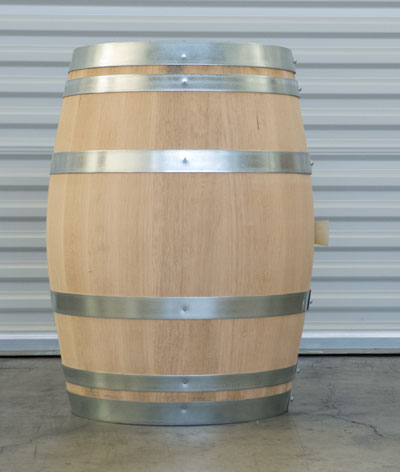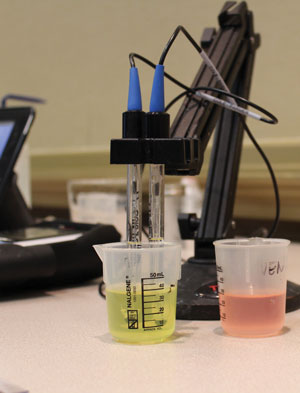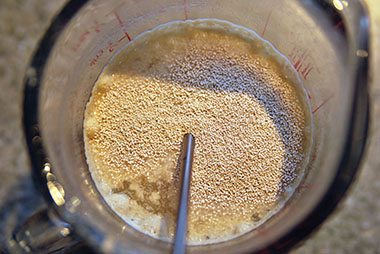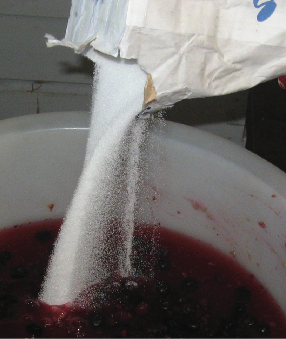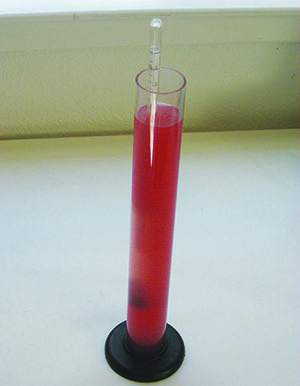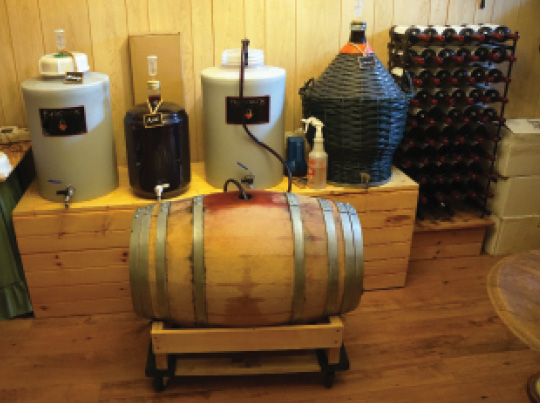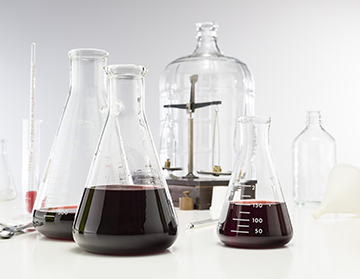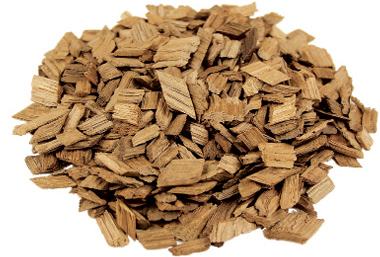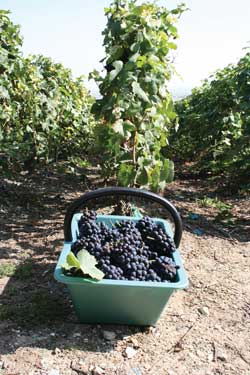Writer: Alison Crowe
Evaluating Wine “Numbers”
So, stick with me for a little bit as I get a little philosophical for this one as the answer isn’t straightforward but necessitates a little rambling. My frequent readers will know
The Oak Necessities, Wine “Numbers,” and Stalled MLF
Just like many aspects of winemaking, decisions need to be made about how much you’re willing to invest and oak barrels are one of the biggest ticket items. The Wizard has some advice for oak alternatives, as well as feedback on “wine numbers” and when your MLF stalls.
The Oak Necessities
I hear you about not wanting to drop that kind of cash for a new barrel, especially as a new hobbyist. If you spread the cost of “good use” years for a
Carbs in Wine & Bottle Styles: Wine Wizard
QRecently I had an inquiry from a diabetic in regards to the amounts of carbs, sugars and calories in dry white and red wines made from concentrated kits. In calling the manufacturers,
Leaking Corks & Special Enzymes: Wine Wizard
QI recently made my first batch of white Zinfandel from a kit. I followed the directions and it’s coming along fine. I bottled and used synthetic corks in the bottles. I let
Fruit Flies & Hot Petite Sirah: Wine Wizard
QI am following the recipe for tomato wine from the August-September 2002 issue. The recipe says to loosely cover the must in the primary fermenter with a plastic sheet. But after about
Weird Wines & Fish Tanks: Wine Wizard
QMy friends have been asking me weird winemaking questions. I can’t answer them. Can you? If a yeast packet says it makes 1–5 gallons (3.8–19 L) of wine, what would be the
High-pH Wine, Stabilizing Whites and Cucumber Wine
Higher pH wine can be easily fixed . . . but the question is, should they be? As is often the case, the answer is sometimes. The Wiz digs deep into one reader’s pH dilemma as well as properly stabilizing a white wine and a fermentation question on a cucumber wine.
Concentrate vs. Acid Blend & Filtering Concerns: Wine Wizard
QI am considering making a five-to-six gallon batch of peach or apricot wine. A friend said I can add a can of white grape-juice concentrate (100% fruit) in place of an acid
Dry Wine & Mystery Grapes: Wine Wizard
QI like ’em dry. Question? My last batch of Merlot (2001) came out too sweet. What can I do now if I want the finished wine to have less sweetness? R.J. Yalch
Vanilla and Fluted Bottles: Wine Wizard
QI often hear about the vanilla flavors in red wines. I know that those flavors are derived over time from aging in oak barrels. I wanted to know what would happen if
Sulfite-Free Wine & A Cool Quandry: Wine Wizard
QI am a beginning winemaker. I have yet to make my first batch, but I just got a kit that contains Pinot Noir juice. I want to make a sulfite-free wine because
Cooking Corks & Mead “Demustified”: Wine Wizard
QI’ve been brewing beer for about 10 years, so I’m pretty well acquainted with the cleaning process. This is my third year making wine, and I recently received some corking advice that
Choosing Yeast, Boosting Alcohol: Wine Wizard
QI recently inadvertently added the wrong yeast to a new batch of frozen Chardonnay juice. I had planned on using Lallemand’s ICV-D47 but picked up Red Star’s Côte des Blancs, it was
Stench of Sulfur & Excess CO2: Wine Wizard
QHere’s one problem you may have been asked about before. My finished wine has an aroma and taste of rubber and burnt toast, a bit like burnt rubber. Since I will be
Fizzy Wine & Gravity Readings: Wine Wizard
QI have just made my first batch of wine, a white one. Funny things have been happening to it. Everything seemed to go well with the fermentation of the wine. When it
Wrecked Riesling & Adding Oak: Wine Wizard
QI had a great Riesling going this vintage, but now I’ve stuffed it up. I nursed it along until the last racking, when I seem to have put in an overload of
Cloudy Chardonnay & Lambrusco Grapes: Wine Wizard
QAfter I stabilized my wine, I added French medium toast oak beans to the Chardonnay 3/4 cup (new beans), Sauvignon Blanc 1/3 cup (new beans), Ruisseau Blanc 3/4 cup (used beans), and
Adding Sugar & Wine Kit Chemicals: Wine Wizard
QHow can I increase the sugar content and body of my juice without using refined sugar? I am looking for cheaper alternatives. Please point me to specific recipes. Azubuike OgalaOxford, New Jersey
Sugar Content & Malolactic Fermentation: Wine Wizard
QI have been making wines for more than 20 years, but I have a problem with initial sugar determinations, added sugar requirements and subsequent alcohol content. Hydrometer readings on the initial crushed
The Solera System & Copper Caution: Wine Wizard
QA few years ago I toured some wineries on a trip through Michigan and found one that was quite unique. One of the methods of this winery was called “solera.” This method
Killer Bacteria & pH: Wine Wizard
QI own a small store in Yellowknife, Northwest Territories. I have two customers with the same problem and I have no solution. Both batches were made with a four-week wine kit. The
Adding Oak & Rehydrating Yeast: Wine Wizard
QI make wine in five-gallon batches from juice that I buy in Canada. I also buy skins, stems, and small bags of toasted oak chips, then let it all age in five-gallon
Locating Grapes & Cleaning Presses: Wine Wizard
Dear Wine Wizard, I came back from Australia six months ago and was fortunate enough to visit the Hunter Valley. I brought back some wine and among the bottles was a Chardonnay/Verdelho
Feeding Your Yeast & Elderberries: Wine Wizard
Dear Wine Wizard, I am planning to brew my first mead this weekend. I will be using a recipe that calls for “yeast extract,” which I take to be the same as
